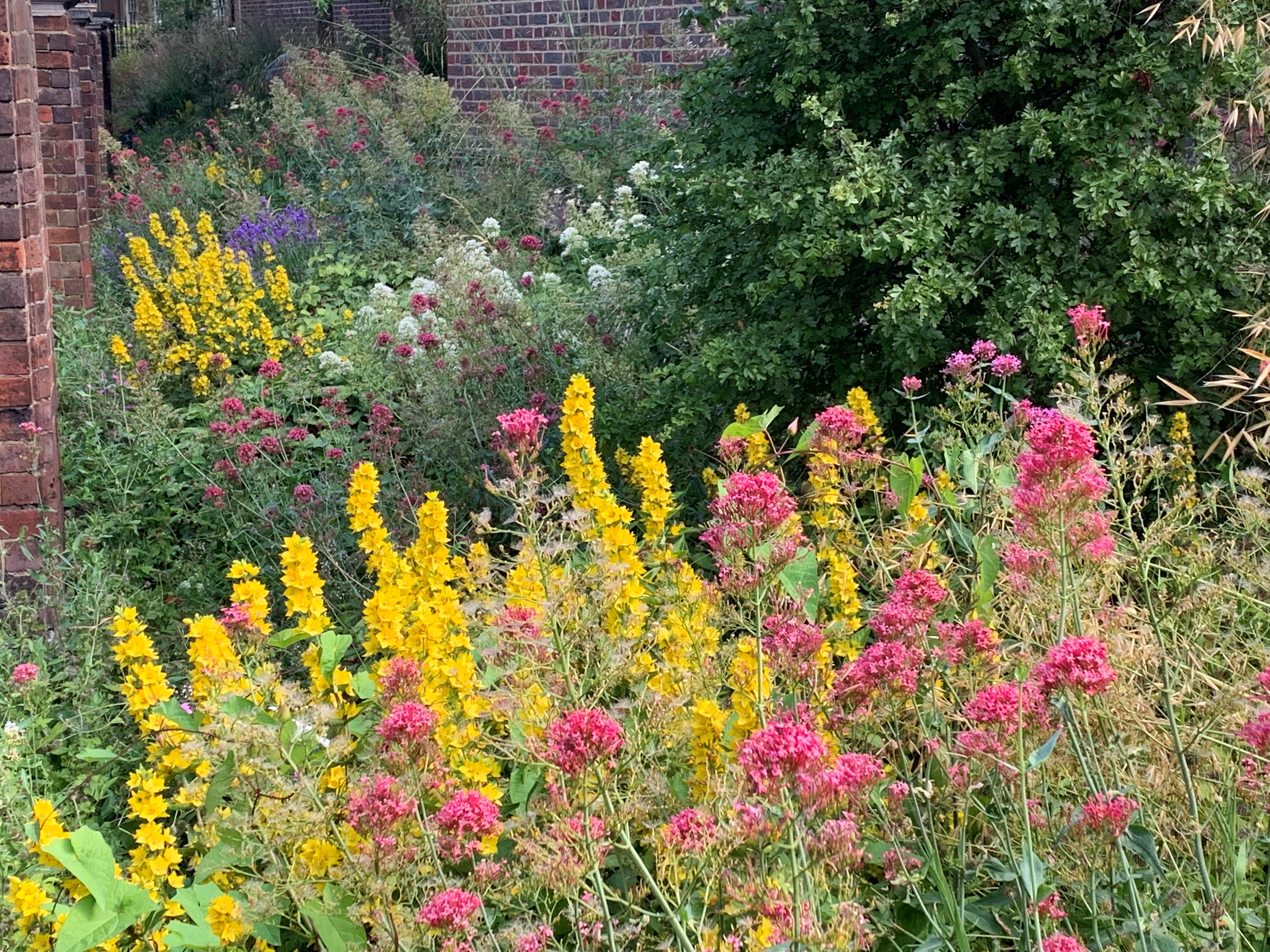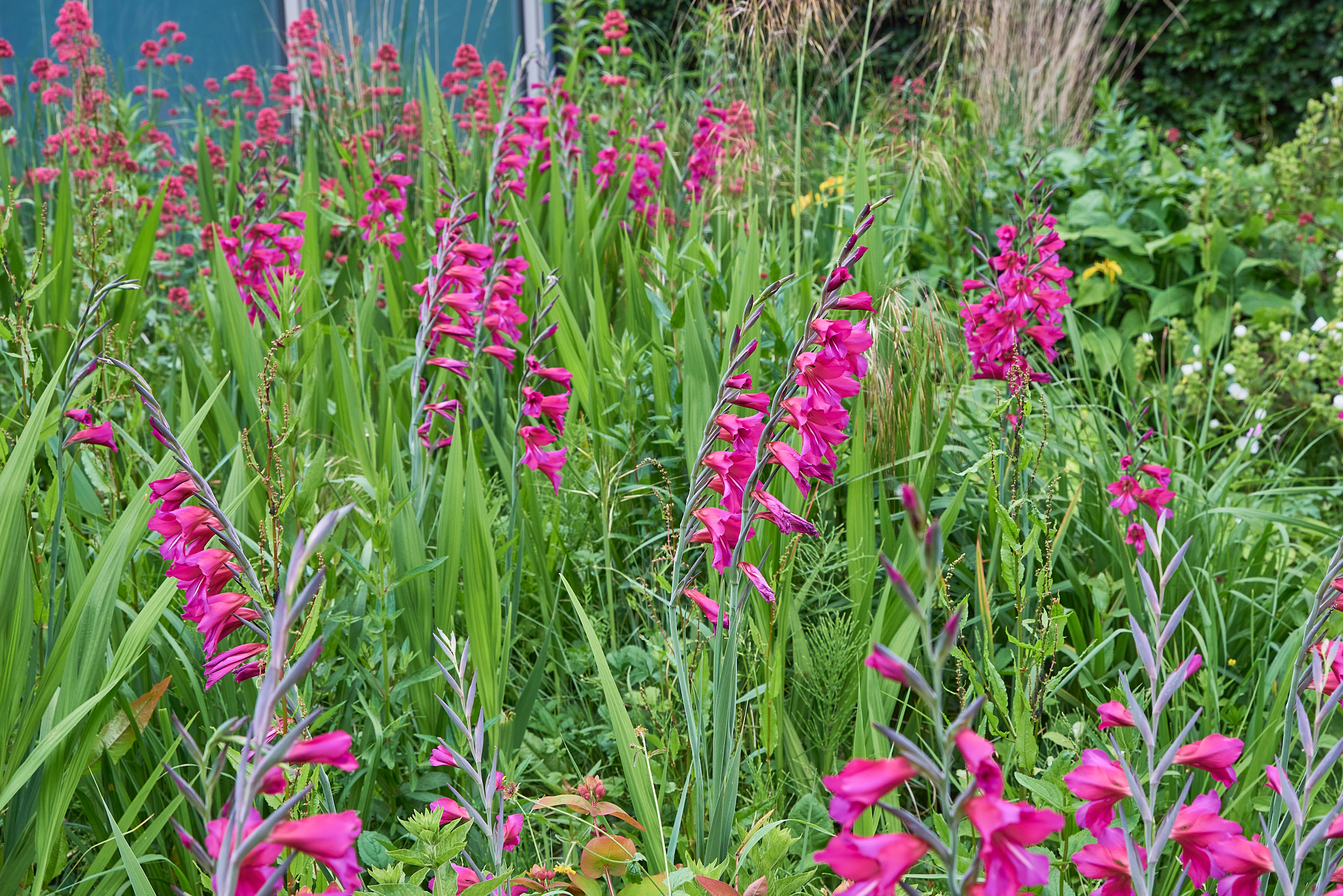

The wildlife value of private gardens, both commercial, and domestic
“There are many clipped, uncomfortable gardens, where the eye gets no rest from the stony, heavy dreariness of the city, and as one looks at them the memory recalls still more sharply and painfully the wild freedom of the forest.”
– Mikhail Sholokhov- And quiet flows the don
The total area of private gardens in England is roughly equivalent in size to the county of Somerset. This is larger than the total area of all designated nature reserves.
Parks and public garden spaces have received in recent years a lot of very welcome attention in terms of what has loosely been called “rewilding “,….wildflower planting, not mowing all or part of grassed areas, woodland and hedgerow planting etc. This is all very welcome, and goes with the big moral shift in public attitude and awareness since 2020, but how much actual wildlife value is there in these “rewilded” areas?
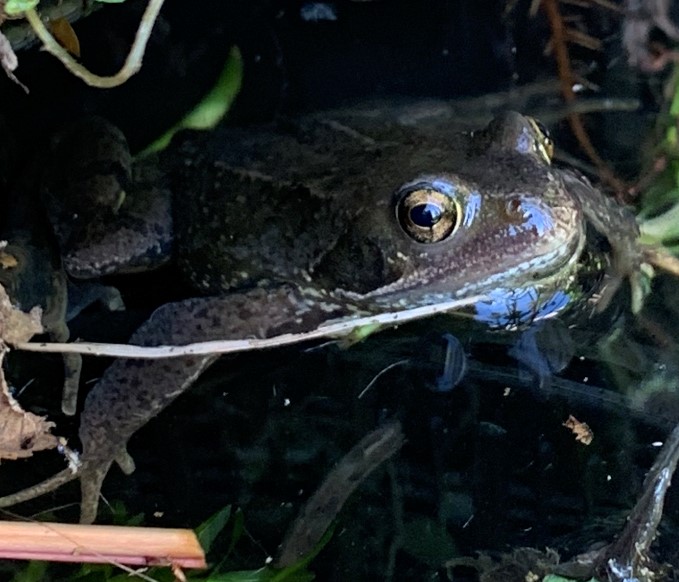
In most parks and public gardens, disturbance by people, and dogs, is a serious problem, and nitrogen enrichment of the soil with dog faeces and urine is another one, and serious problems are coming to light caused by dogs swimming in public ponds and lakes, and the new pesticides that nearly all pet dogs now carry in their fur leaking out into the pond, stream, lake or wherever the dog swims. According to BBC Radio 4 just yesterday, these “spot-on” treatments are a million times more toxic to aquatic life than the old treatments. For some time, isolated ponds in nature reserves, farms and gardens have been the last refuge in the UK of pesticide free water.
For all these reasons, private gardens, if managed for biodiversity, can be a fantastic resource for the once-common species now under pressure of extinction.
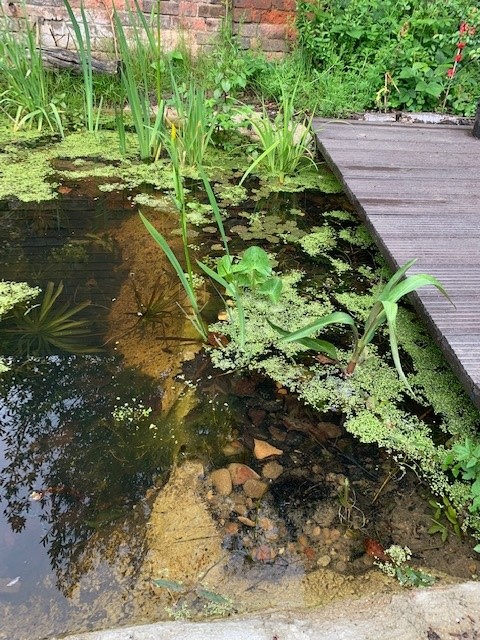
My company manages a lot of gardens in the boroughs surrounding Hampstead Heath, and I have managed to persuade the owners of especially some of the commercial ones (schools and churches for example) to allow me some scope for micro-wilding the sites. We always put in a small pond if we are allowed to (sometimes free of charge if that makes acceptance more likely) and we network all the animal and plant species in these little waterbodies between the different gardens and several “local nature reserves” that we help to manage. The result of this is that the biodiversity of these ponds is rich and newly created ones are quickly stocked with a full animal and plant assemblage.
Our ethos for micro-wilding of commercial and private gardens is to remember at all times that the people paying for this are the human inhabitants of the sites, who must be kept happy at all costs, and not offended by too many collapsing dead stems of tall perennials, too many nettles or brambles within reach of pathways and rides, and must be kept entertained by flowers and fruits in all seasons, as well as visually attractive birds, butterflies, dragonflies, amphibians, etc.
This ongoing wildlife and floral spectacle requires management, and our staff are closely involved in nurturing the animals as well as the plants. They are trained to recognise predators as well as pests, to report population movements of both, and to send the office good quality enlarged photos of animals which they do not recognise. In one of the most nature-depleted countries in the world, every little helps, and gardens under our management teem with animals, and in some cases we are managing to link them into sizeable wildlife corridors. If you want to really help the extinction crisis, we can show you how!
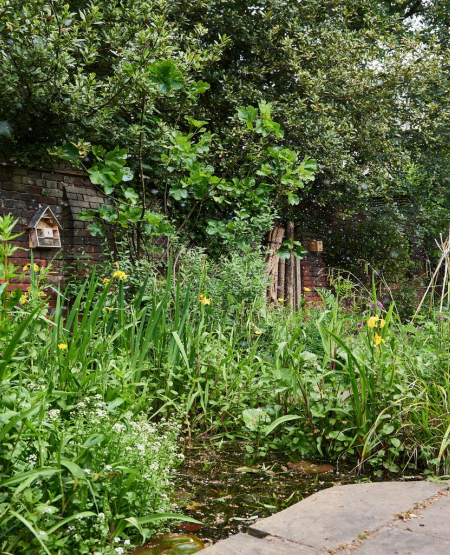
Written by: Noel Brock ~ Gardener and lover of wildlife.
All texts, pictures, logos and design are © Frognal Gardens Ltd. All rights reserved.

